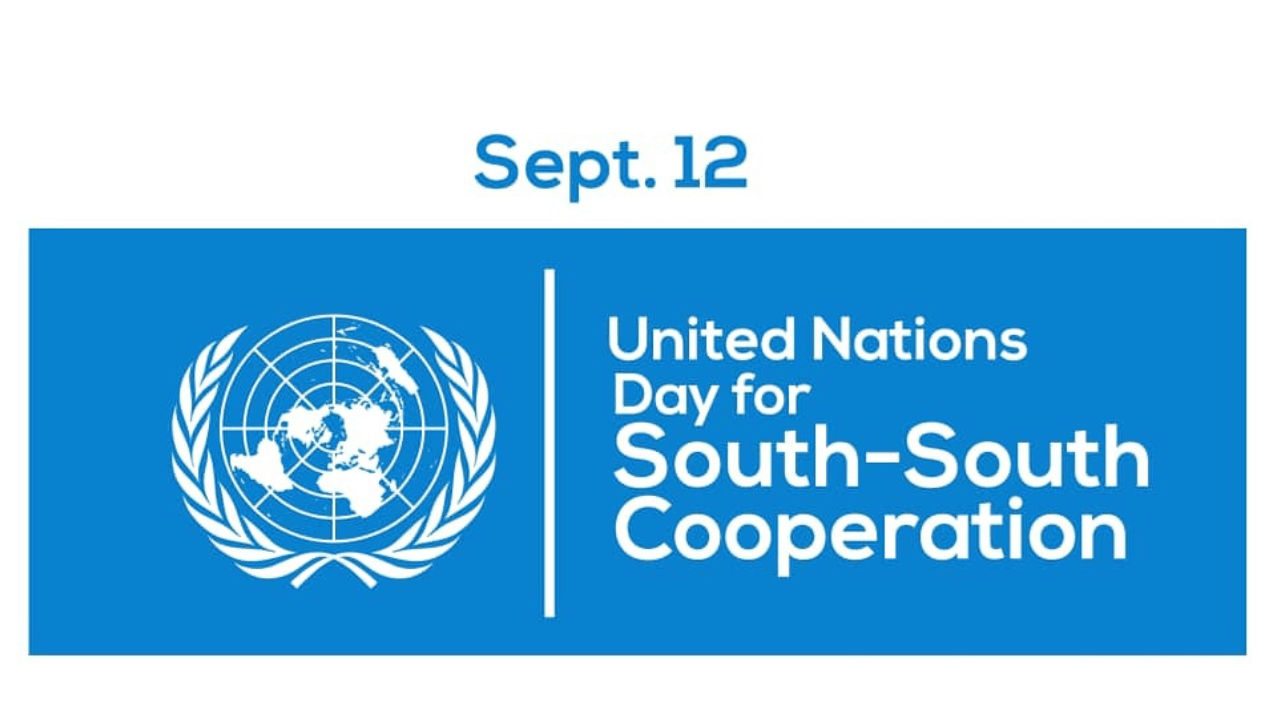United Nations Day for South-South Cooperation, on September 12 of every year, is celebrated by several countries around the world. The United Nations’ Day for South-South Cooperation celebrates the economic, social and political developments made in recent years by regions and countries in the South and highlights United Nations efforts to work on technical cooperation among developing countries. The International Labour Organization (ILO) plays a pivotal role in championing workers’ rights on a global scale, and in an increasingly interconnected world it recognizes the significance of South-South and triangular cooperation as a key avenue for achieving its mission. The ILO has also helped to establish the role of South-South collaboration in supporting countries to meet their development goals, and in the achievement of the global Sustainable Development Goals (SDGs).
This year the ILO has partnered with the governments of Brazil, China and India to launch new programmes and reaffirm commitments. Funded by the government of Brazil, a programme on South-South Cooperation for Social Justice in the Global South, and a programme on Public Employment Services and Skills development in ASEAN, funded by the government of China, have been launched. A project in the Caribbean on skills development and climate change, which is closing phase one, is receiving new impetus for a second phase through the United Nations India Fund.
United Nations Day for South-South Cooperation 2023, Theme
The theme for this year is “Solidarity, Equity and Partnership: Unlocking South-South Cooperation to Achieve the SDGs”.
History of United Nations Day for South-South Cooperation
Cooperation among nations has been a fundamental principle of the United Nations (UN) since its inception. The focus on South-South cooperation has grown in significance due to increasing disparities in income, GDP, and human development between countries from different regions. The primary objective of this initiative is to foster collaboration among developing nations. This led to the establishment of the United Nations Development Program in 1965 and, in 1974, the creation of the United Nations Office for South-South Cooperation as a key UN body responsible for coordinating various cooperation efforts.
The genesis of South-South cooperation programs can be traced back to 1978, following the Global South conference, which marked an early milestone in facilitating this type of international collaboration. As technology evolved, technical cooperation became increasingly vital for the economic progress of developing countries. The annual UN Conference on South-South Cooperation emerged as a platform for setting specific goals, programs, and targets to facilitate this form of international cooperation.
In 2009, the United Nations Office for South-South Cooperation gained independent status within the UN, providing it with greater resources and capacity to plan and execute large-scale cooperative initiatives. A significant milestone occurred in 2015 with the adoption of the Agenda for Sustainable Development, a crucial document outlining the UN’s South-South Cooperation agenda. This adoption has spurred numerous governments to engage in collaborative efforts, implementing technical cooperation programs that contribute to the economic advancement of developing nations.
Important takeaways for all competitive exams:
- International Labour Organization Director-General Gilbert F. Houngbo;
- International Labour Organization Headquarters: Geneva, Switzerland;
- International Labour Organization Founded: 1919.




 James Webb Discovers Lemon-Shaped Exopla...
James Webb Discovers Lemon-Shaped Exopla...
 Tamil Nadu Government Unveils Otter Cons...
Tamil Nadu Government Unveils Otter Cons...
 VB-G RAM G Bill, 2025 Receives President...
VB-G RAM G Bill, 2025 Receives President...







